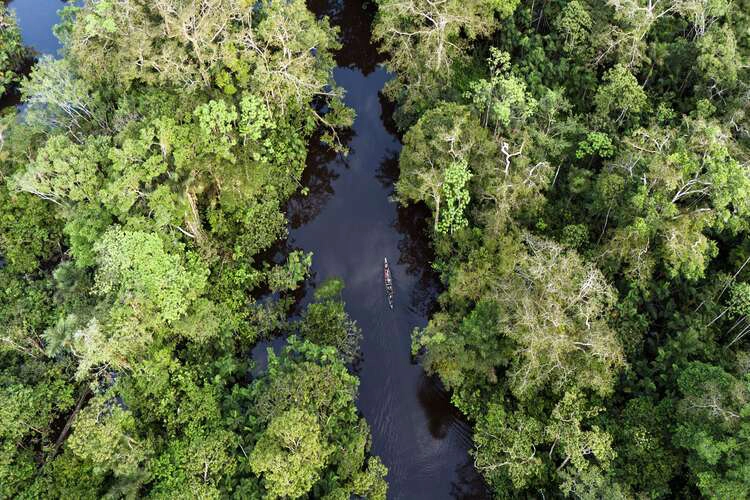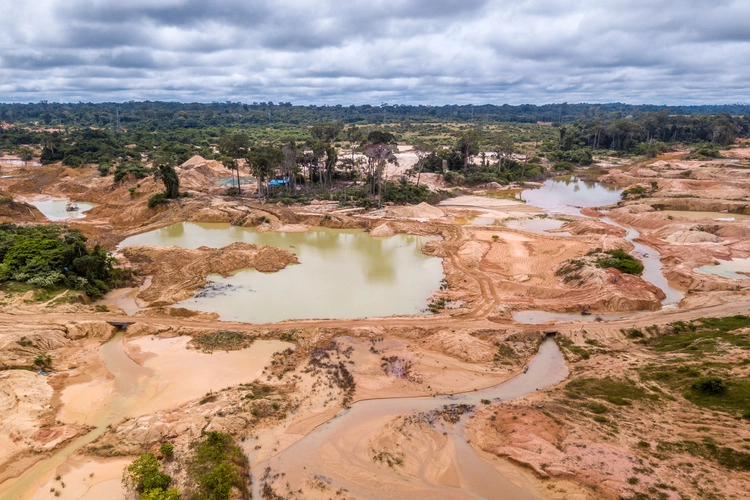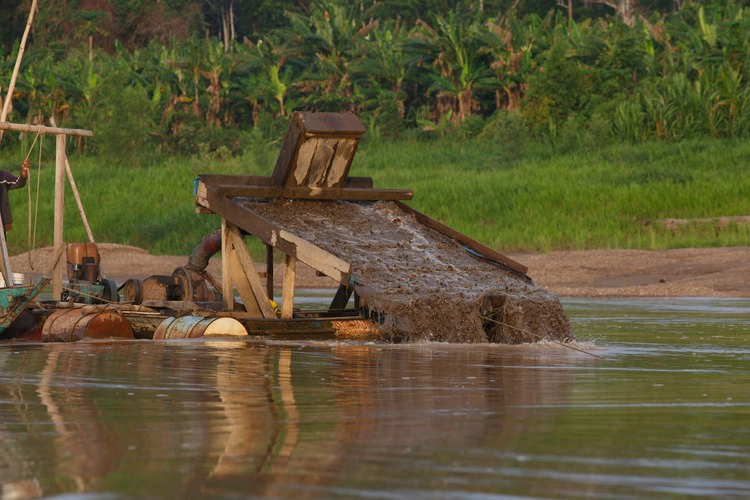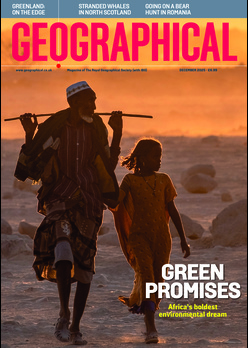
Discover how organised crime and illegal mining in the Amazon rainforest threatens Indigenous communities in Ecuador
By
With 8,004 violent deaths reported in Ecuador by the end of 2023 alone – translating to a homicide rate of 47.25 per 100,000 inhabitants – the country is the most dangerous in Latin America, and one of the most dangerous worldwide. Now, Indigenous communities in the Ecuadorian Amazon rainforest face threats posed by illicit activities including organised crime and illegal gold mining, according to a new report released by Amazon Watch.
Recently, the Ecuadorian Amazon has become a hotbed for these activities to occur, due to the wave of violence triggered by a prison escape of leaders from the country’s major criminal gangs earlier this year. Little intervention to stop these crimes has been made by the Ecuadorian government – and with concerns raised including those about the complicity of authorities, organised crime and exploitation are able to continue to wreak havoc on Indigenous communities in the region.

Nearly half (46.7 per cent) of illegal gold mining – the most dominant criminal activity in Ecuador’s Amazon region – takes place in Indigenous territories, generating revenues between $800 million and $1 billion in 2022 alone, according to estimates by the country’s former Minister of Energy. The size of these operations is expanding too: from less than 1,000 ha in 2015 to 3,500 ha in 2021, a 325 per cent increase.
But for those affected, such as the Indigenous communities of the Cofán, Kichwa and Shuae, the impact of illegal gold mining is far from profitable: it is starkly life-threatening. A study in 2020 found that nearly 90 per cent of water source samples studied in the region showed toxicity, with heavy metals including copper, iron, lead, aluminium and manganese present.
As criminal organisations reinvest drug trafficking profits into illegal gold mining, a struggle for territory begins to emerge. It is common for violence extortion, recruitment and contract killings to escalate. Indigenous communities then face pressure from these groups seeking to exploit the land for gold and other resources, leading to human rights abuses.
Damaging enough on its own, illegal gold mining also encourages the expansion of other illicit markets including the smuggling of mercury, weapons and drugs. The state has acknowledged its difficulty in establishing where the gold has originated from in its exports, with much of it originating from the laundering of illegal gold.

‘The riverbanks have historically been spaces for women to cultivate and sustain their communities, playing a crucial role in the local economy,’ said an Indigenous leader in Education, Culture, and Women’s Affairs at the Federation of Indigenous Organisations of Napo, Nely Shiguango. ‘However, with the arrival of the mining mafia, these areas have been devastated, forcing many families to accept deals with miners in exchange for money, making them even more vulnerable.’
‘Additionally, the presence of miners has led to an increase in sexual violence, with reported cases of abuse and pregnancies being used as a way to gain legitimacy within the communities,’ Shiguango continued.
The report also detailed how strengthening governmental institutions with coordinated security policies could begin to tackle the issue. Other measures outlined include developing alternative economies at local levels – especially in territories with high illegal activities – as well as creating and improving programmes for Indigenous communities.




